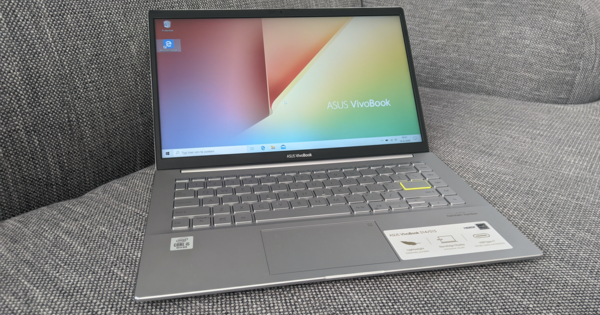Many Android devices come with McAfee security pre-installed. However, this protection is far from necessary and puts an unnecessary burden on your system. This is how you remove McAfee and other unnecessary security apps from your device!
Since McAfee was acquired by Intel and started to bear the name Intel Security more and more prominently, a lot of money has become available for the software security company. Unfortunately, a lot of money also goes into pre-installing the security software on smartphones, tablets and PCs. Hardly a new device comes along in the editorial office without McAfee bloatware. Also read: Is antivirus still necessary?
Unfortunately, such an antivirus app on Android devices is also unnecessary. Security on Android is different from installing antivirus tools as we are used to with Windows. Unless you regularly and unsupervised install apps outside of the Google Play Store, you're better off without this app. Time to get rid of McAfee for better battery life and faster Android. Of course, the same is true if you use the security apps from Lookout, AVG, Avast! 360 Security or any other antivirus maker on your Android.
The normal way
Fortunately, the conventional way to get rid of McAfee works in most cases. Go to the Institutions, choose apps and then All Apps. In the list that appears, find the antivirus app and choose it. Then choose Switch off (or remove) and the app will no longer burden your system or bother you.
This method is simple and in principle sufficient. But when you turn off the app, it will remain on your device, in case you turn it back on. It also sometimes happens that an app may not be turned off, the button remains light gray. In such cases, you need to be more aggressive, by rooting your device first (basically this means acquiring administrator rights). Then, using the Titanium Backup root app, you can freeze the security app (which does the same thing as disable it) or better yet, swing it off your system altogether.
Galaxy S6 and S7
McAfee is even more sneakily ingrained on the Samsung Galaxy S6. In this case, instead of in its own app, it is baked into the Smart Manager app, which, in addition to an app scanner, has some unnecessary cleaning tools on board and a memory booster that makes the system more unstable. The worst part is that you are not allowed to remove or disable this Smart Manager, while it is of no use to you. We were initially relieved when we first got our hands on the Galaxy S7, the Smart Booster was installed, but the McAfee app scanner was absent. Unfortunately, a few days later, McAfee rejoiced that they did get you on your expensive S7 unsolicited.
Fortunately, you can also intervene to deactivate the Smart Manager. For this you have to purchase Package Disabler Pro from the Play Store (€ 1.80). Package Disabler Pro works without root access and can disable not only Smart Manager but also all other bloatware found on Samsung devices. Then, with the SD Maid and Greenify apps, you can keep your storage clean and background processes in tune, so you've replaced Smart Manager's other features in a better way.
How to secure?
Of course, you shouldn't bury your head in the sand when it comes to securing your Android device. An antivirus app may be superfluous, but always be critical of the permissions that apps ask for. For example, a flashlight doesn't need access to your address book or location. Also, don't just grant apps root access or access to system components as device administrators. Finally, it is recommended that you only install your apps from the Play Store, as these apps are scanned and monitored by Google. To make sure you don't install anything weird, you can check the comments, ratings and of course the permissions.
The big threat to Android devices is not so much the apps, but the fact that you can easily lose a mobile device. Therefore, make sure that you have activated Android device manager, so that you can easily find your device and operate it remotely. Of course, do not wait until you have actually lost your device! Of course, also make sure that your device is locked with a password or PIN and that you have a recent backup. For example, you can have your photos backed up automatically with Google Photos. A VPN connection is also useful to protect your data traffic against unsolicited spectators.

